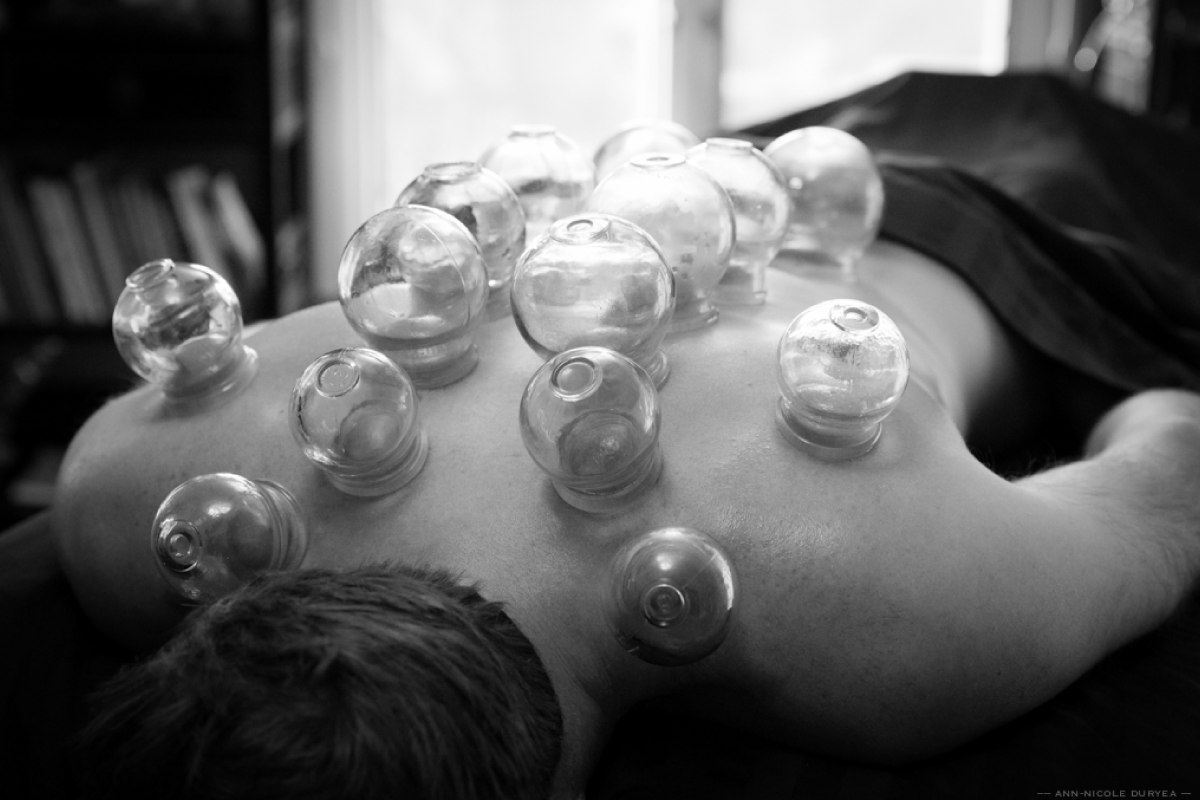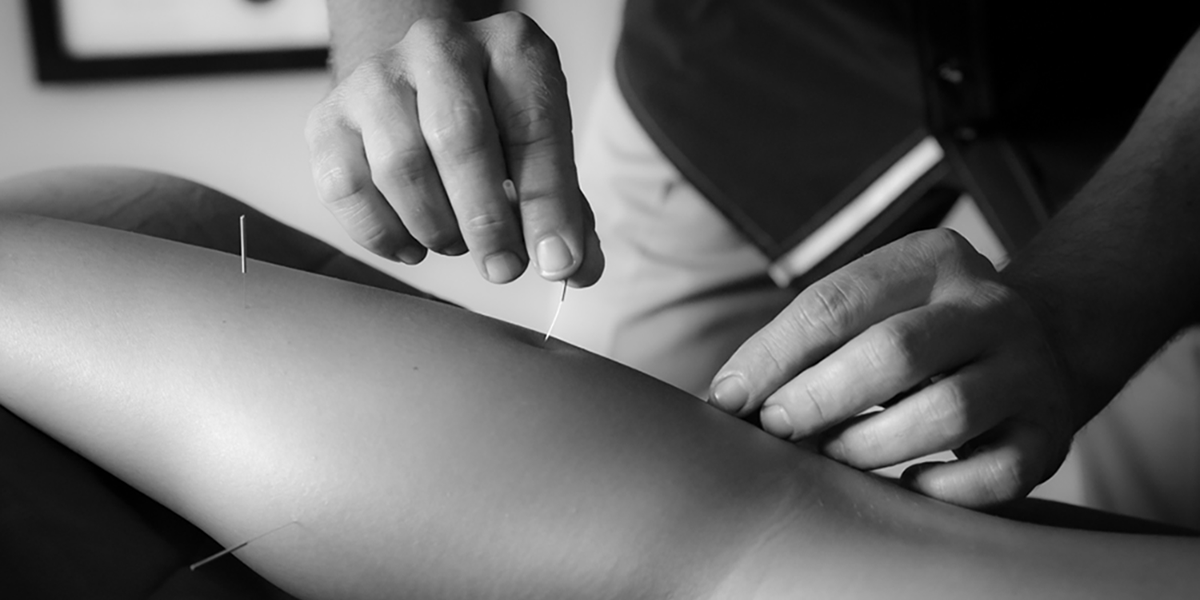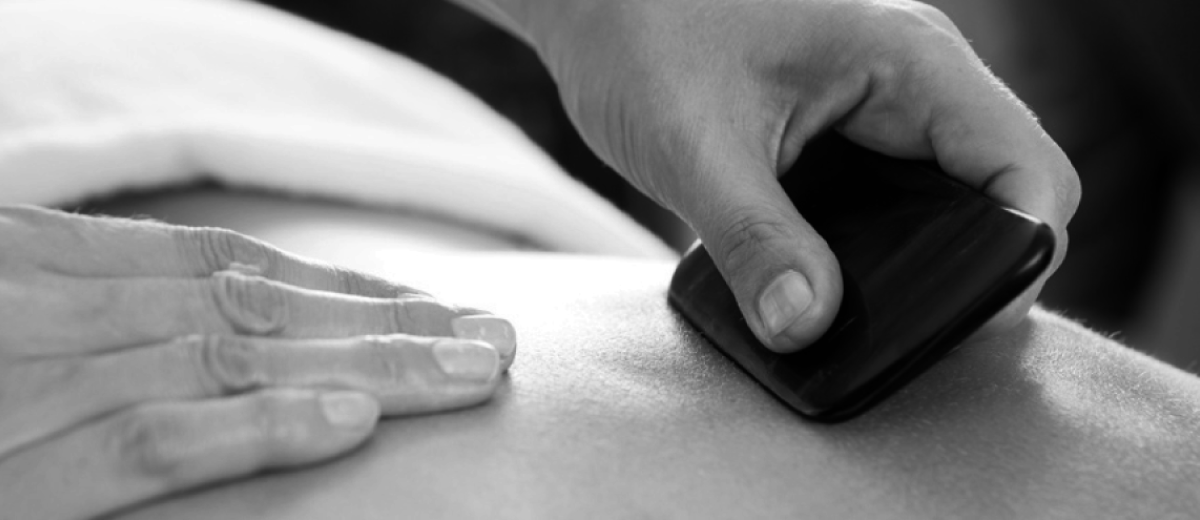







Treatments
Treatments
Rooted in Traditional Chinese Medicine (TCM) and refined by modern medical science, Todd’s practice is a unique integration of Acupuncture, Chinese herbal medicine, orthopedic bodywork, energy healing, as well as life and performance coaching. Each and every treatment is uniquely designed to treat the individual patient as a whole using a custom combination of healing techniques in every session.
The Mind, Body, +Soul Mechanic, Todd is committed to empowering you to passionately pursue total health and optimal performance in life!!

Acupuncture
Acupuncture
Acupuncture
Acupuncture is the insertion of a single or multiple micro-thin needles through the skin into strategic spots to elicit a specific effect. Acupuncture is a central tool in the arsenal of Traditional Chinese Medicine (TCM) which is used to promote bodily function, harmonize the immune system, facilitate recovery, and stimulate our body’s healing systems. The goals and desired effect of treatment, and the location of the problem, will determine the number and location of needles placed in the body.
The classic TCM philosophy describes the primary goal of acupuncture as the stimulation and balancing of harmonious flow of life force energy - traditionally known as Qi (CHEE) - through the multiple channels (meridians) of the body. Like function buttons on a computer, acupuncture points recruit a specific action or series of actions. Points are used in specific combination, based on the pathology, to re-establish a balanced flow of Qi throughout the body.
Dry Needling (Trigger Point, “A Shi” Acupuncture)
Although acupuncture has been practiced in some form for nearly five thousand years, the vast benefits of this ancient science have only begun to be discovered by the western (allopathic) medical world. The one area where acupuncture has been widely accepted is in the treatment of musculo-skeletal pain syndromes. “Dry Needling” is a western medical term for the insertion of acupuncture needles into trigger points within the muscles, typically producing pain and a “twitch response” within the muscle. Once the “twitch” has occurred, the procedure commonly involves repeated stimulation of the needle, or the use of electro-stimulation to facilitate muscular “twitch” in individual points. Most patients do not feel the needle insertion, but will feel a sensation when the “twitch response” occurs. The level of “pain” and intensity of response can vary between individuals, but typically muscles suffering from excessive tension or injury will produce a stronger sensation than healthy muscle tissue.
In TCM, this form of acupuncture is known as “a shi” needling, which roughly translates as “where’s the pain”. The practice is based on palpating the body in the painful area, and placing the needle in the center of the affected area. This creates the “twitch response” which is traditionally described as “jumping qi” or a release of stagnant energy.
For more information:
Moxibustion
Moxibustion (or Moxa) is used for people who have a cold or stagnant condition and is very often (but not always) used in conjunction with Acupuncture. Moxa is a TCM technique which involves the burning of Mugwort (artemesia annua), a small, spongy herb, to enhance healing. Moxa has been used throughout Asia for thousands of years. It strengthens the blood, stimulates the flow of qi (CHEE), and helps to maintain general health. Moxa has won acclaim in the Medical world for its ability to turn breech presentation babies into a normal head-down position, which is considered safest during childbirth. Moxa is also used to treat inflammatory conditions and is highly effective for menstrual cramps.

Chinese Herbology
Chinese Herbology
Chinese Herbology
Chinese Herbal Medicine is a unique and ancient form of Herbalism; rather than using a single herb for a single condition (such as ginseng for energy, or ginko for memory) Chinese herbology combines two plants, minerals, or (on rare occasions) animal substances to create a custom formula designed to address a specific problem or set of problems. (Formulas can easily be made free of animal products to comply with dietary restrictions of any patient). Similar to Acupuncture, the intended goal of Chinese herbology is to promote the body's own healing functions and re-establish a harmonious flow of Qi.
Please read our discussion of Chinese Herbal Medicine and its many forms.

Body Work
Body Work
Massage and Body Work
Todd has 25+ years of Massage and Bodywork experience. As the “Mind, Body, +Soul Mechanic”, each treatment incorporates a wide variety of modalities, applying the appropriate tool for each condition. Sessions may include techniques taken from Thai, Swedish, Sports, and Deep Tissue massage, Myofascial Release, Trager Body Work, Tui-na, Shiatsu, Acupressure, and variety of neuromuscular techniques (ART, NMT, NMR, etc.)

Energy Work
Energy Work
Energy Work
Humans are physical, spiritual, and energetic beings. For centuries, cultures around the world have sought to describe this "Life Force Energy" and how it works in the body. Known as “Qi” (CHEE) in Chinese tradition, “Ki” according to the Japanese, “Prana” in Indian culture, and is known as “the force” in the popular Star Wars Jedi mythology. Qi literally translates as “breath” or “air” and more figuratively as “energy flow”.
Life is full of physical, intellectual, and emotional challenges. Many of the mechanism which lead to physical suffering, such as toxicity, stress, traumatic injury, or repetitive strain, also lead to a disruption in the body’s Qi flow. Long before there were acupuncture needles, healers learned subtle techniques to help adjust this disrupted energy flow to help re-establish a balanced and harmonious flow. Know today as “QiGong” in China, “Reiki” in Japan, and “Polarity” or "Healing Touch” in the West, these subtle Energy Work techniques can elicit profound emotional and physical transformation in patients. Energy work, which usually consists of a series of “hands off” techniques to help open energy centers ("Dan Tien" or “Chakras”), can be combined with other modalities, or can be performed independently for patients wanting a gentle and subtle treatment.
“Todd, Thank you for wanting to be the best at what you do. We need more people in the world such as you. Thanks.”

Gua Sha
Gua Sha
Gua Sha
Gua sha is an ancient medical treatment which translates literally as “to scrape away fever” in Chinese, or more loosely, “to scrape away disease by enabling the pathogen to escape through the skin”. Sometimes referred to as “spooning” or “coining”, it has also been given the descriptive French name, “tribo-effleurage”. Gua Sha is often performed at home with a Chinese ceramic soup spoon, or a well worn coin, or more classically honed animal bones, water buffalo horn, or even jade.
Graston techniques are a modern medical descendant of Gua Sha. The smooth edge of a stainless steel tool is placed against the pre- oiled skin surface, pressed down firmly, and then moved down the muscles hence the term “tribo- effleurage” (i.e., friction-stroking) — or along the pathway of the acupuncture meridians (fascial trains) along the surface of the skin, with each stroke being about 4-6 inches long.
This “scraping” causes extravasation of blood from the peripheral capillaries (petechiae/ redness) and may result in sub-cutaneous blemishing (ecchymosis), which usually takes 2-4 days to fade. “Sha” rash does not represent capillary rupture (bruising), as is evidenced by the immediate fading of petechiae to echymosis, and the rapid resolution of sha as compared to bruising. The color of “sha” varies according to the severity of the patient’s condition and correlates with the nature and type of their disorder appearing from a dark blue-black to a light pink (most often a shade of red). Although the marks on the skin look painful, there is often minimal discomfort after treatment. Additionally, patients receiving Gua Sha typically feel an immediate sense of relief and change.

Flame Cupping
Flame Cupping
Flame Cupping
Flame Cupping is a widely-used traditional modality which utilizes glass, plastic or bamboo suction cups to open up the skin’s pores, to stimulate the flow of blood, balance and re-align the flow of Qi, break up obstructions and myofascial adhesions, and to create an avenue for toxins to be drawn out of the body. Suction within the cups is created by using a flame to remove all the oxygen inside the cup. The cup is then turned upside-down over a specific area of the body. The vacuum created by the lack of oxygen anchors the cup to the skin and pulls it upward as the air inside cools.
Flame cupping has a wide variety of applications from colds, flus and digestive disorders to muscle and fascia adhesion in orthopedic injury. Cupping is yet another powerful tool in the arsenal of Chinese medicine.




